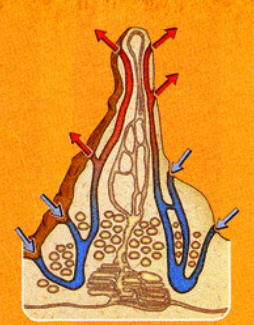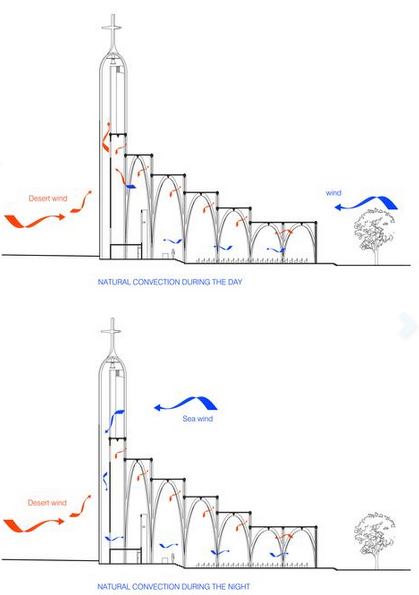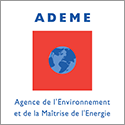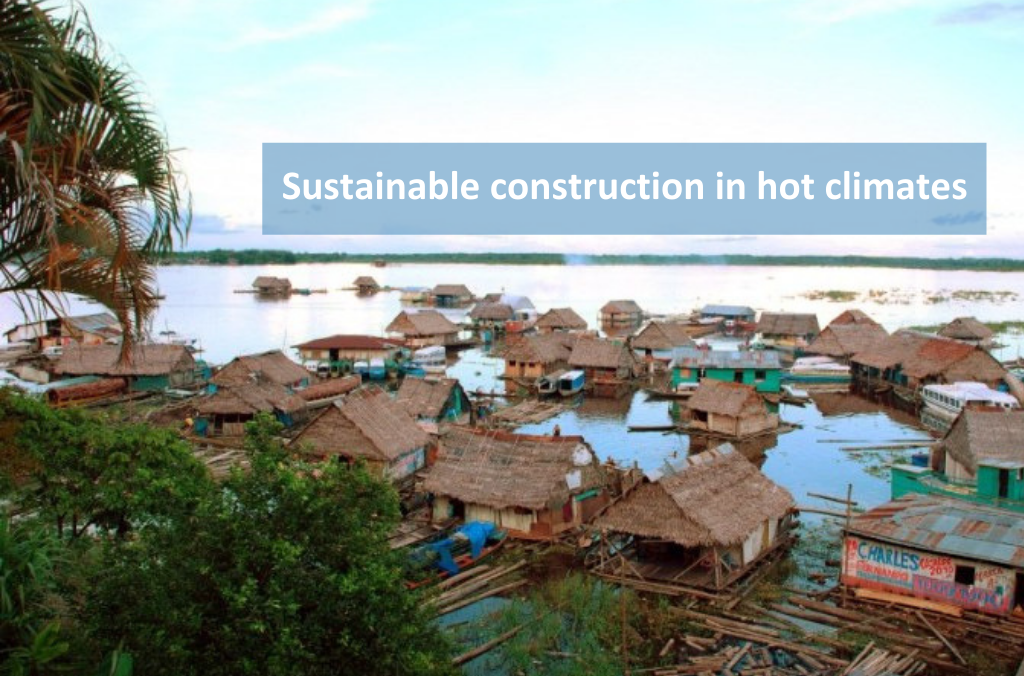# 24 - The context of the Nianing Church

Located in a small town of 6500 inhabitants, the church of Nianing is one of the most famous in Senegal. This shell-shaped biomimetic building is inspired by termite mounds to preserve the faithful from the heat. Read the case study of the church of Nianing, which participated in the Green Solutions Awards 2019, in the hot climate category.
The village of Nianing has a hot and dry climate throughout the year with an average temperature of 26.3 °C. Masses and ceremonies take place during the day (when the temperature is at its highest) and welcome hundreds of people: it was fundamental that the project manager took into consideration the thermal comfort of the users of this religious building.
Located on the coast, south of Dakar, this project is committed to a sustainable development approach in order to preserve the authentic and local character of this small town. No air-conditioning system has been installed and the church relies entirely on passive ventilation.
In order to echo the regional particularity of the "seashell coast" bordering Nianing, the architect was inspired by a cymbium, a spiral-shaped shell that is very common on the Senegalese coast: "this shape was then designed according to the constructive constraints of the programme and the optimal bioclimatic orientation. But this choice is the basis for the aesthetics". But the real biomimetic inspiration comes from the termite mounds, located a few hundred metres from the building. Indeed, most termites live in very hot areas, where the temperature can exceed 40 or 50°C during the day and be below 0°C at night. However, the termites, in their mounds of earth, manage, by a very efficient means of ventilation, to have a constant temperature of around 27°C!
The biomimetic approach
The secret of this ventilation lies mainly in the high central chimneys: due to its density, the hot air is drawn upwards from the termite mound and is evacuated through these chimneys. This phenomenon leads to a draught in the lower parts of the nest: the air is sucked in through these lower parts thanks to small holes located all around. "Understanding how these bioclimatic towers work can only help to improve the design of passive buildings without energy-intensive air conditioning. "This is the basis on which the very particular shape of the bell tower was defined by the architect.

Diagram of the temperature control of a termite mound.
"The bell tower is the characteristic shape of a church. But it is paradoxically a form generally visible from the outside of the building only. Most church and cathedral steeples are invisible from the inside. This paradox most certainly derives its explanation from the functional character of the bell tower, which was originally separated from the body of the building like the bell tower of the Cathedral of St. Mark in Venice. In Nianing, the bell tower is no longer a simple signal tower ringing bells in the landscape. It is the entire church building that becomes a bell, soaring towards the sky in a functional and transcendental double dimension. "The bell tower culminates almost 40 m below an 8 m metal cross. The latter acts both as a signal and as a ventilation chimney. As the day progresses, the air heated at ground level moves upwards by natural convection (density differential) and is expelled to the outside, increasing the feeling of thermal comfort.
Another chimney faces the prevailing wind and is used to integrate fresh air from the outside into the building by thermal draft. Being at a high enough altitude to catch the trade winds coming from the west, this chimney facilitates night ventilation, which allows the church to be sufficiently cool in the morning and early morning. These winds are also useful for the indoor air quality of the building since they are free of dust.

Diagram showing the church's wind flows, similar to termite mound flows.
Find the original article in French





